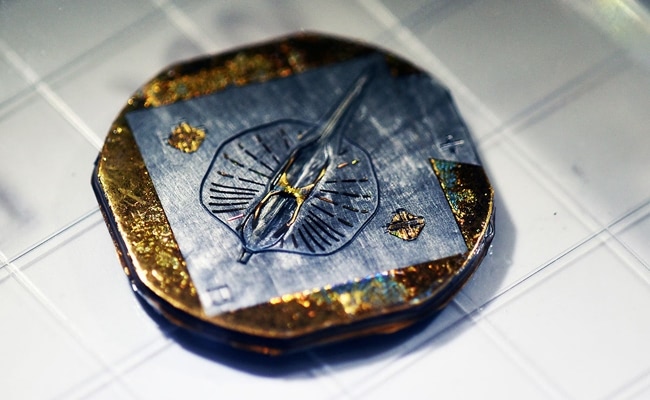Researchers at Harvard University have designed a miniature robotic stingray. By way of reverse engineering and taking heart cells from a rat, this robot is actually alive. The cyborg stingray was introduced on Science journal. Responsive to flashes of light, the movement of the creature gives the scientists a better understanding on how the human heart pumps blood.
The robot is made of four layers of material. The top layer consists of silicon, "the same thing as the outer coating of a breast implant" explains Kit Parker, the bio-engineer at Wyss Institute for Biologically Inspired Engineering at Harvard who led the team. The silicon is attached to a gold skeleton, which according to the researchers is “really easy to work with”. The third layer functions as a conductor for the fourth layer - maybe the most interesting part - 200.000 living heart cells from a rat.
"By using living cells they were able to build this robot in a way that you just couldn't replicate with any other material" says Adam Feinberg, robotics engineer at Carnegie Mellon University. The engineered cardiac cells are designed to react to bright light, triggering the bot’s muscles to move. "You shine a light, and it triggers the muscles to swim. You couldn't replicate this movement with on-board electronics and actuators while keeping it lightweight and maneuverable. And it really is remote controlled, like a TV set".
With a length of only 16 millimeters, the bio hybrid can swim at a speed of 3.2 millimeters per second. In order to stay “alive”, the robot needs to reside in a special nutrient bad, which ensures the bot’s cells are constantly fed with energy. After six weeks of swimming, the bot still had 80 percent of its cells function properly. "I think we've got a biological life-form here" Parker says. "A machine, but a biological life form. I wouldn't call it an organism, because it can't reproduce, but it certainly is alive".
Source: Popular Mechanics

Share your thoughts and join the technology debate!
Be the first to comment